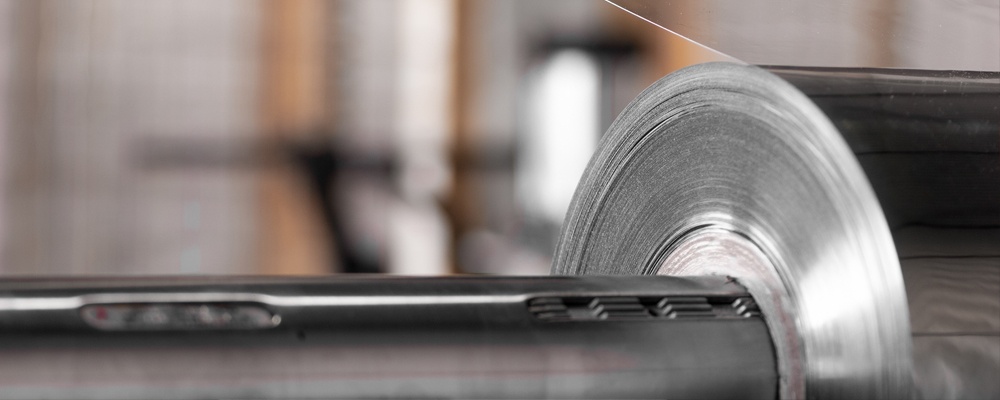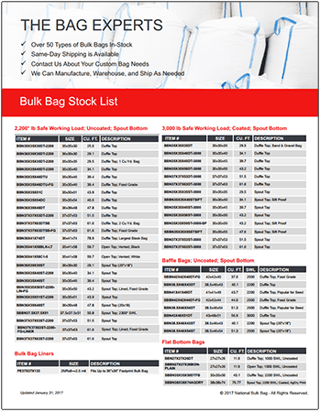The use of FIBC liners has significantly increased as bulk bags are used with increasing frequency in the food, pharmaceutical, and chemical industries. This has created the need for better information on what liner to use with what products and applications.
Knowing what liner to use when is very important to safe and effective use of bulk bags. In specific situations, a standard polyethylene liner isn’t sufficient. Generally speaking a standard polyethylene liner won’t suffice in situations involving high temperature products.
Limits of Standard FIBC Liners
For most products and applications, a standard polyethylene liner is more than adequate. Polyethylene liners are extremely common in the food and pharmaceutical industries where preventing contaminates from entering the product is paramount. However, these liners have limits. Most notably, they can’t withstand temperatures of more than 170°F. At 195°F, the polyethylene material will begin to soften and can start to melt. This can result in unacceptable contamination of the product. In these situations, a liner made of an entirely different material is required.
For more information about high temperature products and bulk bags, check out this blog post!
Polypropylene Liners
Polypropylene liners are for situations that require a liner that can withstand temperatures higher than 170°F. Generally, they are thicker than a standard polyethylene liner and are sturdier. They aren’t very common as they are only used in very specific situations. However, they can withstand product temperatures of up to 295°F, higher than a standard FIBC without a liner (200°F) and significantly higher than a standard polyethylene liner (170°F).
Thanks for Reading!
Thanks for reading our post on four common uses for FIBC liners! We hope you found this post both helpful and informative.
Finding the right polyethylene liner for your product and application can be difficult. Not only is it important to determine the right type of liner for your product and application, it is imperative that you also determine the correct size of liner for the specific bag you are using.
To accurately determine what size polyethylene liner is right for the bag you are using or are interested in, download our Liner Estimation Calculator by clicking the button below!






